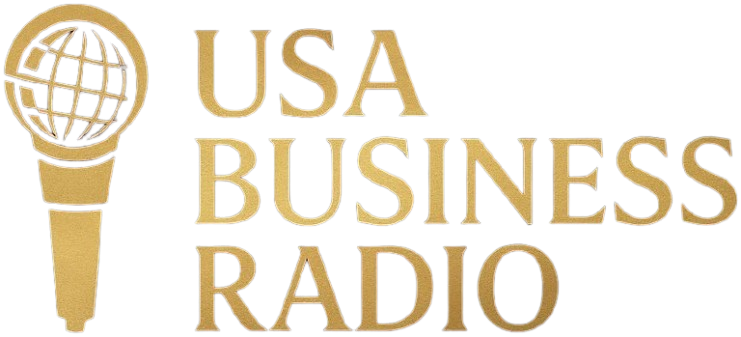Organizations have blundered in their attempts to provide purpose and meaning for employees. But meaning and purpose are not something that companies can provide.
Meaning is a human need that runs an operating system intrinsic to itself. No one can plot it for us; we can’t download it and install it like an app. We can’t live up to or adopt values painted on the wall.
Until we understand the principles of how meaning works for the organization and for human beings, and implement processes that will allow meaning to occur, we’ll continue to experience the churn that comes from lack of alignment.
Consider these five break-through insights that can help create a meaningful workplace:
- Learn how meaning works.Meaning is created daily through experience and interactions we have with everything in our lives. We have an inner dialogue with our work, relationships and organizations. Our meaning is the result of how we interpret and interact with our world. When work is meaningful, we strive to improve and engage more deeply with it. When we share meaning with a group or company, each is enhanced and grows. But make no mistake: meaning can’t be given; it can only be shared.
- Make meaning the key to organizational excellence,and to personal excellence. BE Aerospace won a contract to create a product with multiple iterations in a highly regulated environment. It hired a slew of top engineers in the UK, but the flow of engineers out the door was as steady as the flow coming in. It was killing the company’s ability to deliver. By interrogating and mining the meaning of the company, it became clear that the engineers who were leaving weren’t aligned with those who were staying, even though they thought they were. The message from management in the recruiting phase missed the essence of who they were. Those who left described the work as overwhelming, with impossible challenges and unsolvable problems. The ones who were engaged and loved what they did were fulfilled by the challenge. As one employee put it, “It’s like being dropped into the ocean with no beach in sight — so you start swimming and soon you learn it’s a damn fine beach when you get there.” Because traditional job descriptions and marketing messages dominated the employment conversation, everyone missed the conversation about what mattered most.
- Recruit to meaning.Many interviews briefly touch on aligning meaning. They focus on “time for dollars” and descriptions of what it’s like to work here. These conversations are often highly assumptive and don’t explore the deeper aspects of real alignment.
- Treat meaning as a process.“Essence Mining” is a process that uncovers the difference between the meaning of the organization and that of the employees, and then forms a common language, with common interests. It involves four fundamental steps:
Step 1 – Mine. Interview employees about their journey and what matters most to them at work. Ask what led them to this job and how it fulfills their meaning.
Step 2 – Analyze. Analyze the interviews for recurring and shared themes. You will uncover different words that describe the same idea — like the analogy of six blind people describing an elephant.
Step 3 – Synthesize. Identify shared themes and how they apply to the work taking place.
Step 4 – Personalize. Empower employees by integrating shared themes into the work.
Essence Mining leads to a shared meaning, such as occurred with Premise Health, a provider of on-site custom health care for corporations. When mining organizational meaning, Premise employees expressed one key theme: “a time tobe.” Premise places clinics inside large companies like Google so that employees can engage in healthcare services without the hassle of leaving the office. This allows physicians at Premise more time with patients to discuss and improve their overall health. By asking questions around “time to be,” pharmacists at Premise set out to innovate how people obtain medication. Premise pharmacists cut the number of trips needed to fill prescriptions. They also increased communication between pharmacist, physician and patient to reduce or eliminate medications.
- Meaning is dynamic.Organizational meaning must evolve over the course of the organization’s life. Southwest Airlines went from “No Frills,” to giving people the “Freedom to Fly,” to “Without People, It’s Just a Machine.” Southwest continues to explore who it is through the experiences of employees and customers. It treats the organization as if it’s a person on a journey; like it’s a living entity. It hires and trains with these themes front and center. Values change with different situations — the organization changes when the market presents different contexts — so its interpretation of meaning is always dynamic. If it treats meaning as static, it delays the necessary actions needed to grow and evolve.
Danny Gutknecht is CEO and Co-founder of Pathways, an advisory firm that helps organizations tap their potential through its people strategies. He works with individuals and businesses all over the world. His new book, Meaning at Work – And Its Hidden Language (Aviri Publishing, April 10, 2017), describes a process that supports organizational meaning-making. Learn more at essencemining.com.




